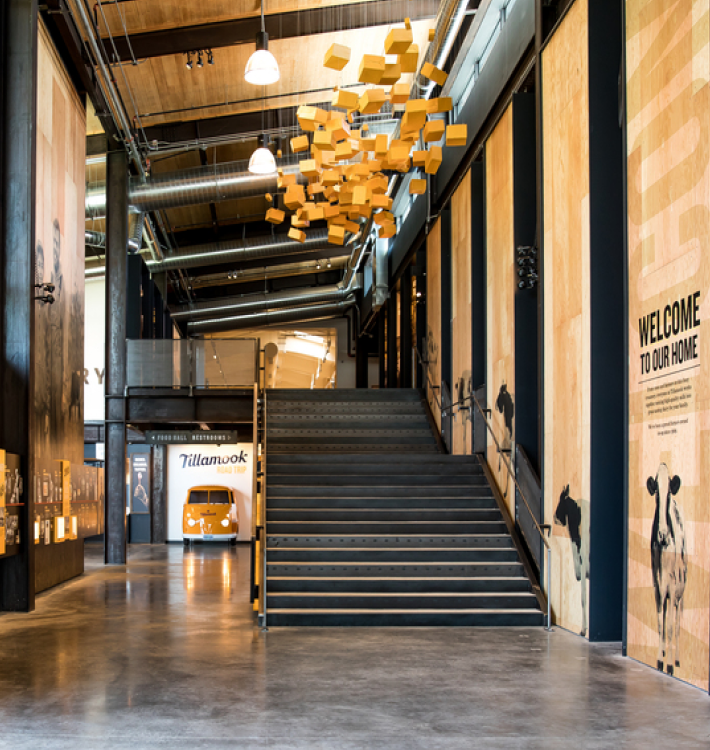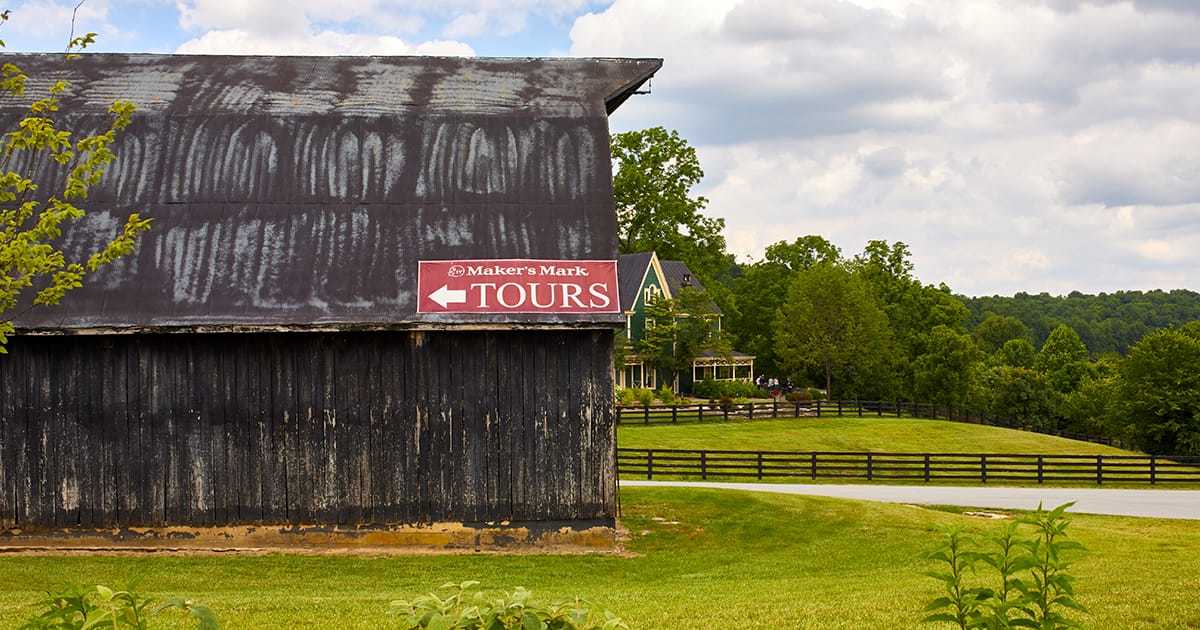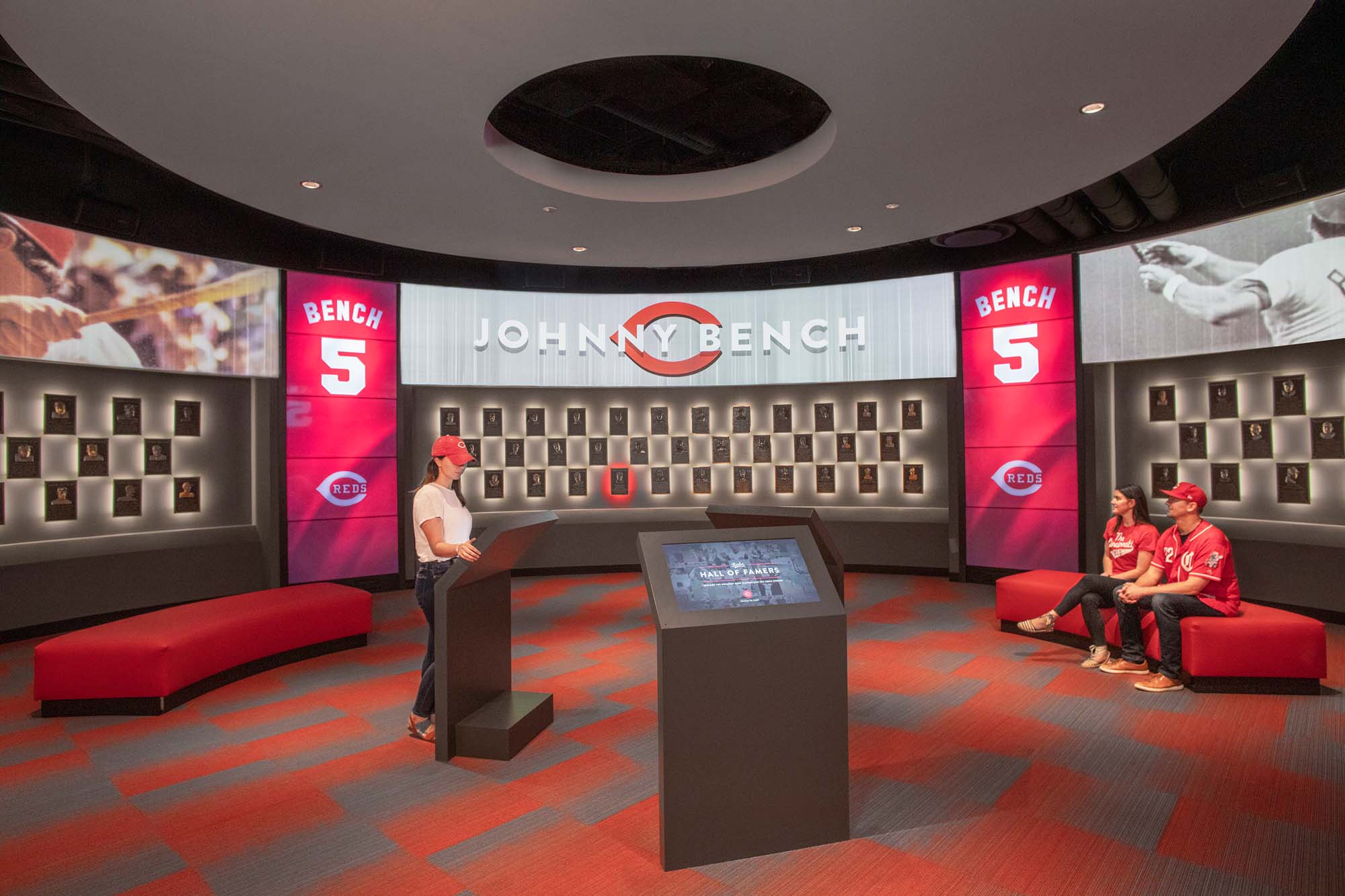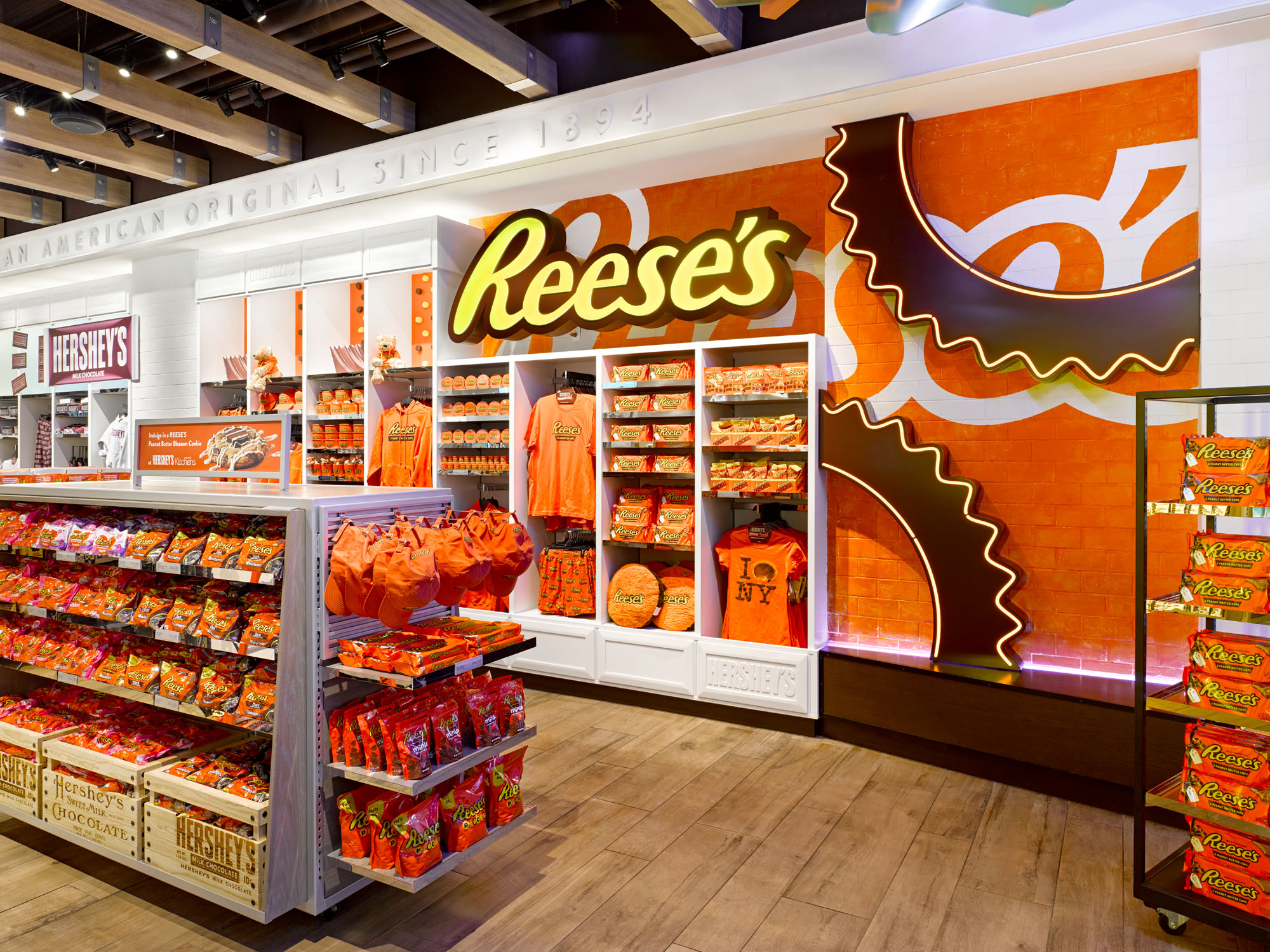Brand Homes: Immersive Experiences With Staying Power
By: NELSON Worldwide
As more first-time retailers and digitally native brands transition into physical environments (as COVERGIRL did with its opening in Times Square), and existing retail brands compete with larger flagship destinations and more experiential pop-ups, a new breed of consumer immersion is emerging … the “Brand Home.” Brand homes are the quintessential opportunity for the most immersive manifestation of your brand purpose, personality and assets. Brand homes are in a class all their own—an underutilized asset with priceless potential to drive brand equity and buzz, strengthen loyalty and create one-on-one experiences with consumers.
These destinations have the potential to draw guests from miles away and keep their attention for hours at a time—enabling brands to deep-dive into storytelling, unabashedly celebrate people, products, and services, and, ultimately, create lasting emotional connections and memories that turn interest into loyalty, and loyalty into passion. We define brand homes as irreplicable experiences that are long-term investments owned entirely by your brand, and often located near company headquarters.
Though not always mutually exclusive, we see brands experimenting with four types of brand homes:
1. Branded Marketplace
Resembling flagships of many leading retailers, this type is often utilized most by CPG businesses to create an ownable, experiential, retail-centric destination that brings product portfolios to the forefront while overcoming barriers of traditional retail channels. Some brands, like J.M. Smucker, celebrate product assortments from several brands under one parent company story.
Others amplify environmental design and programming to push the marketplace concept into more of a true experience. The Tillamook Creamery in Oregon has an expansive store to merchandise its countless dairy-based products, a food hall that features a local chef’s interpretation of Tillamook classics, in addition to an educational exhibit about farming.

Tillamook Creamery
2. Brand Immersions
Inviting exclusive, behind-the-scenes access where consumers have the opportunity not just to interact with the brand, but to become part of it. A simple, yet highly on-brand example is the Ben & Jerry’s Factory Tour where guests can go on a 30-minute tour to get a view into the manufacturing process, learn about the company’s values, browse the quirky gift shop, and of course, enjoy a sample. The experience is littered with photo ops, and the iconic Flavor Graveyard is easily the most memorable moment. For a fee, guests can also opt into a private, hands-on Flavor Fanatic Experience to help craft what’s next in ice cream.
The Bourbon Trail in Kentucky is perhaps the highest concentration of brand homes in the world—though not all are created equal. One to mention is Maker’s Mark Distillery, where you can tour the distillery and cellar, dine at their featured restaurant and even dip a bottle of bourbon into the signature red wax yourself.

Maker’s Mark Distillery Tour
3. Brand Museums
Dialing up history, heritage and storied exhibits, this type celebrates the brand’s past, alludes to its legacy and highlights its impact on culture. When the Cincinnati Reds wanted to celebrate the team’s 150th anniversary, they partnered with FRCH NELSON to reimagine the Reds Hall of Fame. Recently re-opened in downtown Cincinnati, the team created a dynamic series of galleries paying tribute to players, historic memorabilia and our record-setting teams. Interactive exhibits engage guests, including opportunities to create custom baseball cards and simulate broadcasts. Gucci Garden also recently debuted its renovation to the previous Gucci Museo in Florence, Italy. Designed by the brand’s creative director, the stunning Galleria showcases classic and obscure artifacts across the brand’s tenure, while the adjoining boutique and restaurant both resemble those you might find in a world-class art museum.

Cincinnati Reds Hall of Fame
4. Branded Platforms
The most intensive of brand homes, this type illustrates how the brand fits into consumer lifestyles through meaningful adjacencies and strategically leverages the brand home touchpoint as a way to extend its brand positioning. The Guinness Storehouse has become a central destination in Dublin, Ireland with its Taste Experience, World of Advertising exhibit and six bars and restaurants that often host rugby game pre-parties, food festivals and even an Airbnb stay. The Henry Ford Museum in Michigan has redefined what it means to be a brand home by making its experience a celebration of innovation of all kinds, not just those directly connected to the brand. Guests can certainly see a bounty of old Ford cars, but they can also enjoy the Museum of American Innovation with exhibits from civil rights history to agriculture, as well as visit Edison’s Lab and Henry Ford’s Birthplace. The Ford Rouge Factory Tour also culminates in a highly sensorial experience that showcases the engineering behind a Ford F-150 truck.
Hershey has expertly leaned into statement retail and a completely unique expression of brand homes between Hershey’s Chocolate World flagship in Times Square and Hersheypark in none other than Hershey, Pennsylvania—establishing the brand as a leader in demonstrating the importance of a vast portfolio of unique brand experiences. And Eataly has exceeded its own best-in-class stores with the opening of FICO Eataly World, the world’s largest “agri-food park” located in Bologna, Italy, just over three hours away from the company’s headquarters. From markets to restaurants, farms to workshops, sustainable installations to themed activities, this 20-acre destination is a benchmark in bringing a deep-rooted brand manifesto to life in a truly tangible experience.

Hershey’s Chocolate World Times Square
A brand home is certainly an investment—but as with all investments, when strategically developed and well-designed, a brand home can provide invaluable opportunities for consumer engagement, a solid return on that investment and even additional revenue streams. Here are a few principles to consider when investing in a brand home experience:
- Go All-In. Brand homes are the biggest opportunity for the purest, most expressive version of your brand. Give your experience a distinct name and visual identity (à la Gucci Garden), and invest in architecture and interior design to activate your brand assets in a compelling physical environment.
- One Destination, Countless Experiences. Create several smaller experiences within the brand home to ensure guests spend more time (and perhaps more money), feel like the trip was worth their while and encourage repeat visits.
- Make it Exclusive. Invite guests behind-the-scenes, sell one-of-a-kind souvenirs and design unique experiences that guests can only encounter at the brand home.

Let's Connect:
NELSON Worldwide,
NELSON Worldwide is an award-winning firm, unlocking value for clients through architecture, interior design, graphic design, and brand strategy. With more than 600 teammates across 20 offices, the firm’s collective network provides strategic and creative solutions that positively impact where people work, serve, play, and thrive. The team combines industry knowledge, service expertise, and geographic reach to deliver projects across the country and around the world. Client partnerships across the NELSON network include Hilton, Macy’s, Comcast, Simon Property Group, Prologis, Yum! Brands, Boston Consulting Group, T-Mobile, Emory Healthcare, SAP Fieldglass, Unibail-Rodamco-Westfield, Kroger, Hyatt, Bayer, Target, and many more.